Why The 993 Might Be The Best Porsche 911 Turbo Of All

At the 1973 Frankfurt Motor Show, Germany was gripped by Turbomania. At the same event, BMW debuted the production 2002 Turbo, and a concept car previewed what would become the Porsche 911 Turbo a year later.
In the ensuing five decades, those two models had vastly different stories. BMW’s Turbo was a flash-in-the-pan thing, and it wouldn’t introduce another blown performance car until the first X5 M in 2009. Porsche’s Turbo, meanwhile, would become an evergreen part of the 911 range, sticking around to this day, even as turbocharging became the norm, not the exception, for 911s. It’s spread to other models too, even, controversially, EVs.
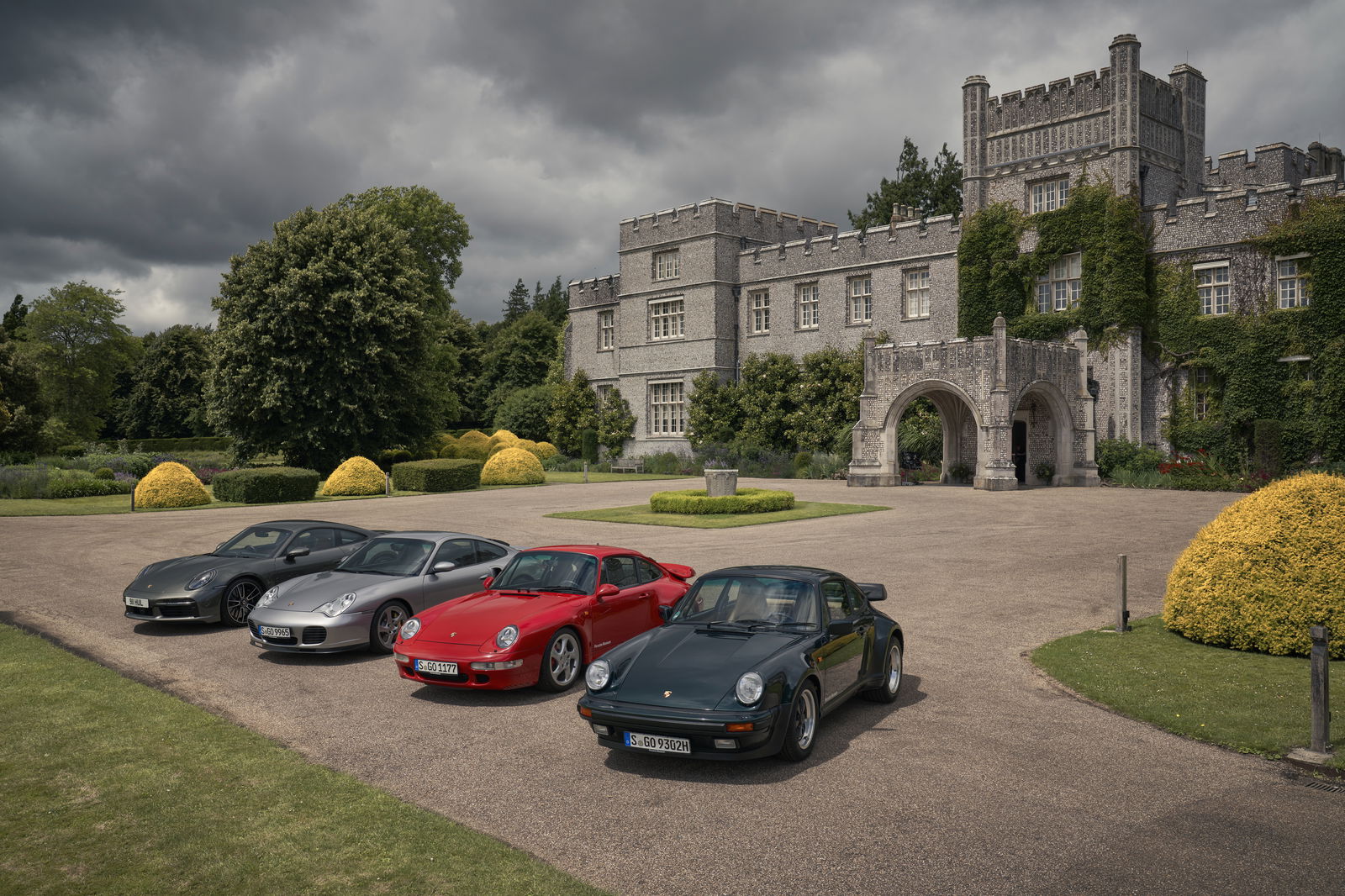
When someone says ‘Porsche Turbo’, though, the model you most likely imagine has five-spoke Fuchs alloys and a gigantic whaletail spoiler. It’s the original, such a big step-change from the standard 911 that it wound up with its own separate Porsche model code – 930.
It’s not that surprising that the 930 was slapped with the ‘widowmaker’ tag (a nickname with an undercurrent of ’70s-spec sexism, in hindsight). Deserved or not, early 911s already came with a health warning attached to their handling, so sticking an early turbocharger onto its engine, in an age before modern lag-mitigating tech, was always going to have a profound effect.
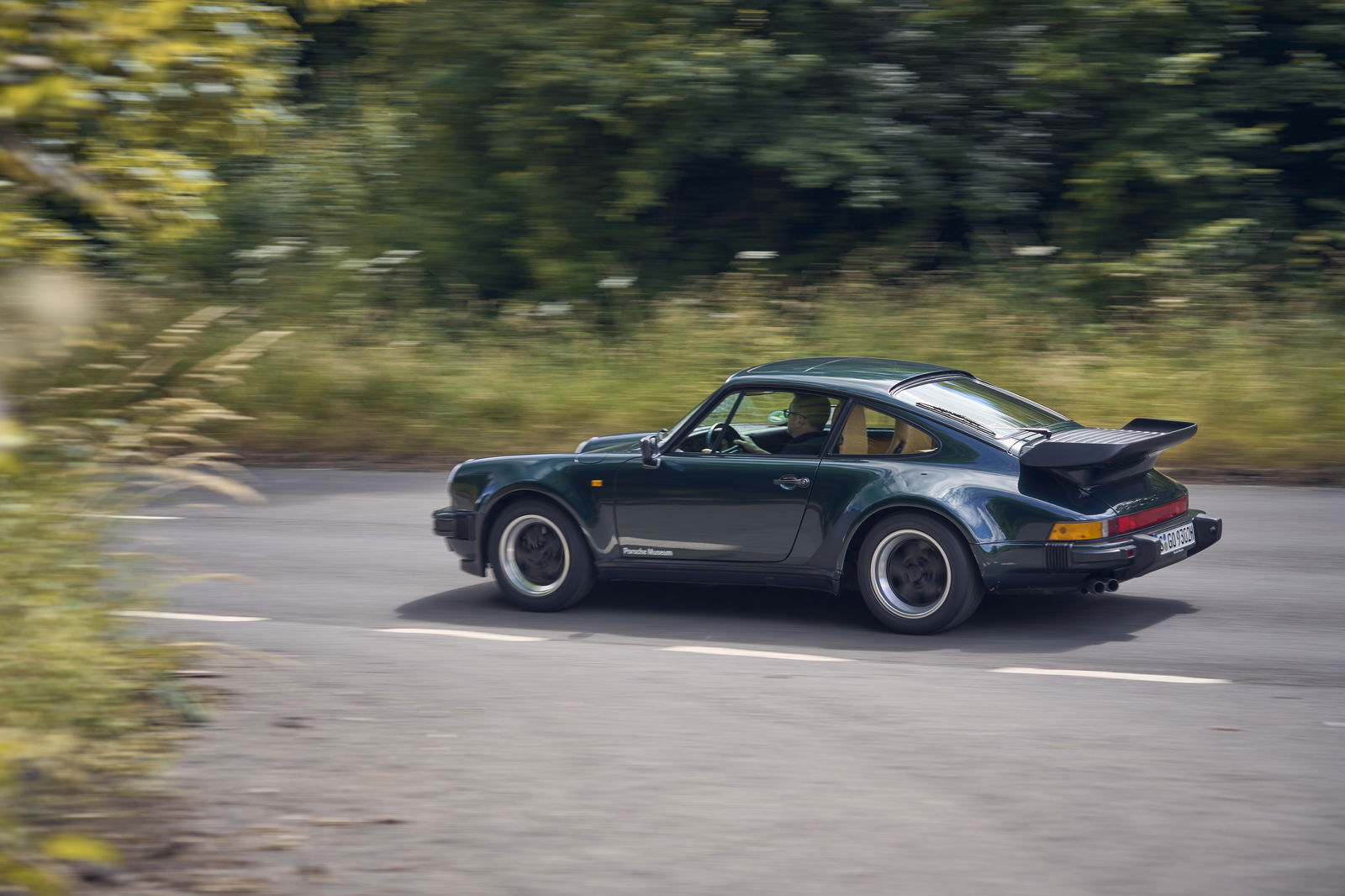
This car’s from 1988, the very last of the 930’s 14 years of production. This meant the bigger 3.3-litre engine, making 296bhp, and – for ’88 only – a five-speed manual rather than four. It’s finished in dark green with colour-matched wheels and tan leather, and I’m fully expecting to find a pair of red braces on the passenger seat, Erasure on the radio, and a little mirror in the glovebox, for some reason (I don't, disappointingly).
It’s also a mint left-hand drive example with barely 30,000 kilometres on the clock, pilfered from the vaults of the Porsche Museum. And the roads are a bit greasy after overnight rain. Gulp.
Of course, drive it sensibly, and you’d hardly know it was turbocharged at all. The engine chunters away noisily as you settle into the buttery bucket seat, and the overwhelming takeaway at a cruise is just how wonderful a thing it is to drive.
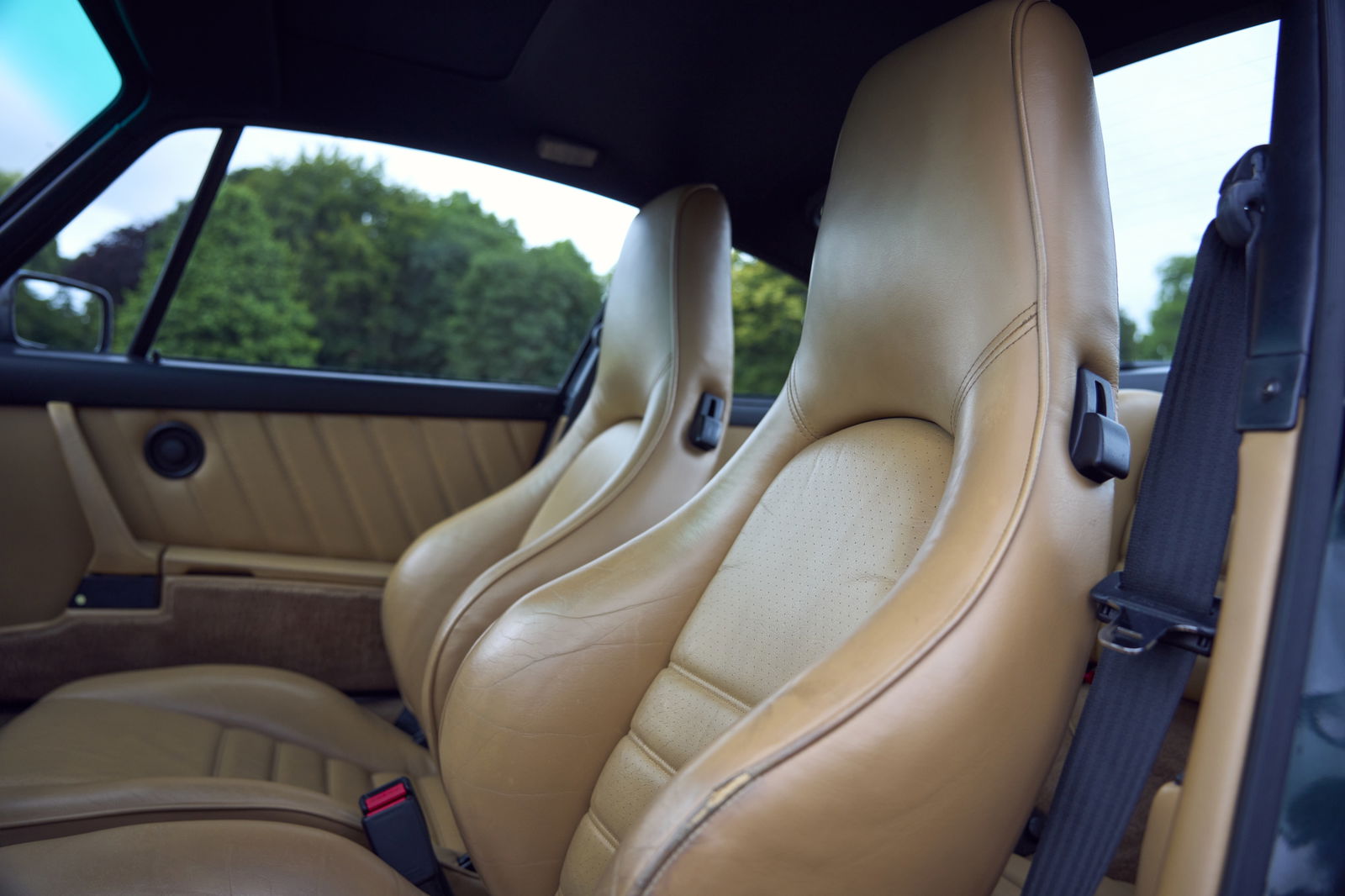
The gearbox is tight and satisfying, and the unassisted steering is as beautifully precise and talkative as anything I’ve ever experienced. It handles exactly like you’re told old 911s do, the nose tucking into a corner as you get on the power. Taking things steadily along a largely empty road in the South Downs, it’s only the tactility of everything that convinces me I’ve not slipped into some happy daydream.
Summoning up the courage to explore more of the flat-six’s rev range doesn’t quite bring about the savagery that this car’s known for. There’s a distinctly noticeable shove in the back as the boost needle starts to creep to the right, but it’s never in a way that remotely threatens to unsettle the car on a carefully applied throttle.
It was ultimately a mild, greasy morning, and I really didn’t want to be the person to introduce a genuine museum piece 930 to a hedgerow, so even with the turbo on song, I was far from the limit. But you needn’t be anywhere near those upper reaches to appreciate what a joyously tactile, analogue and tractable machine the 930 is.
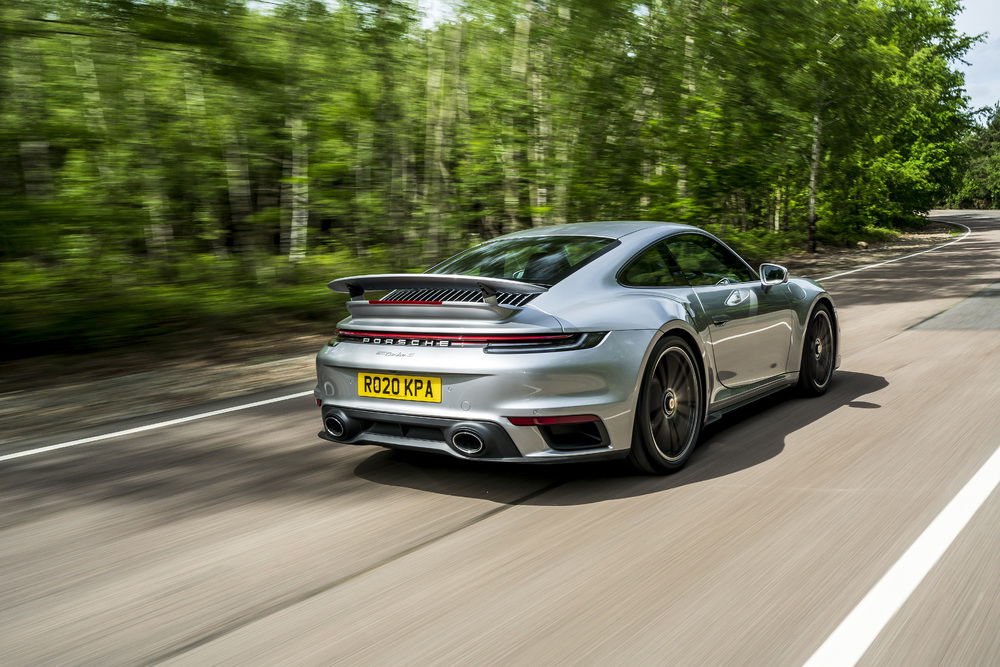
The 35-year gap between it and the 992 Turbo S is unsurprisingly vast, although sitting in them one after the other, the view in the door mirrors back to those swollen haunches is startlingly similar. The modern car has two more driven wheels, another turbocharger, and over twice the power from its 3.7-litre motor – 641bhp. It’ll top 205mph, and 62mph is dusted off in a scarcely believable 2.7 seconds.
And yet, such is the magic of modern cars, it’s a total teddy bear to drive. You could get into it on the day of passing your test and not feel threatened – until, that is, you gave the accelerator a slightly firmer tickle and experienced the accelerative potential the 992 contains.
It’s a brutally fast thing in every situation, remaining totally unperturbed by corners. It delivers its power in an unflappably linear way, and its steering, while nowhere near as uncorrupted as that of its great-times-five grandparent, remains one of the best electrically-assisted setups going.
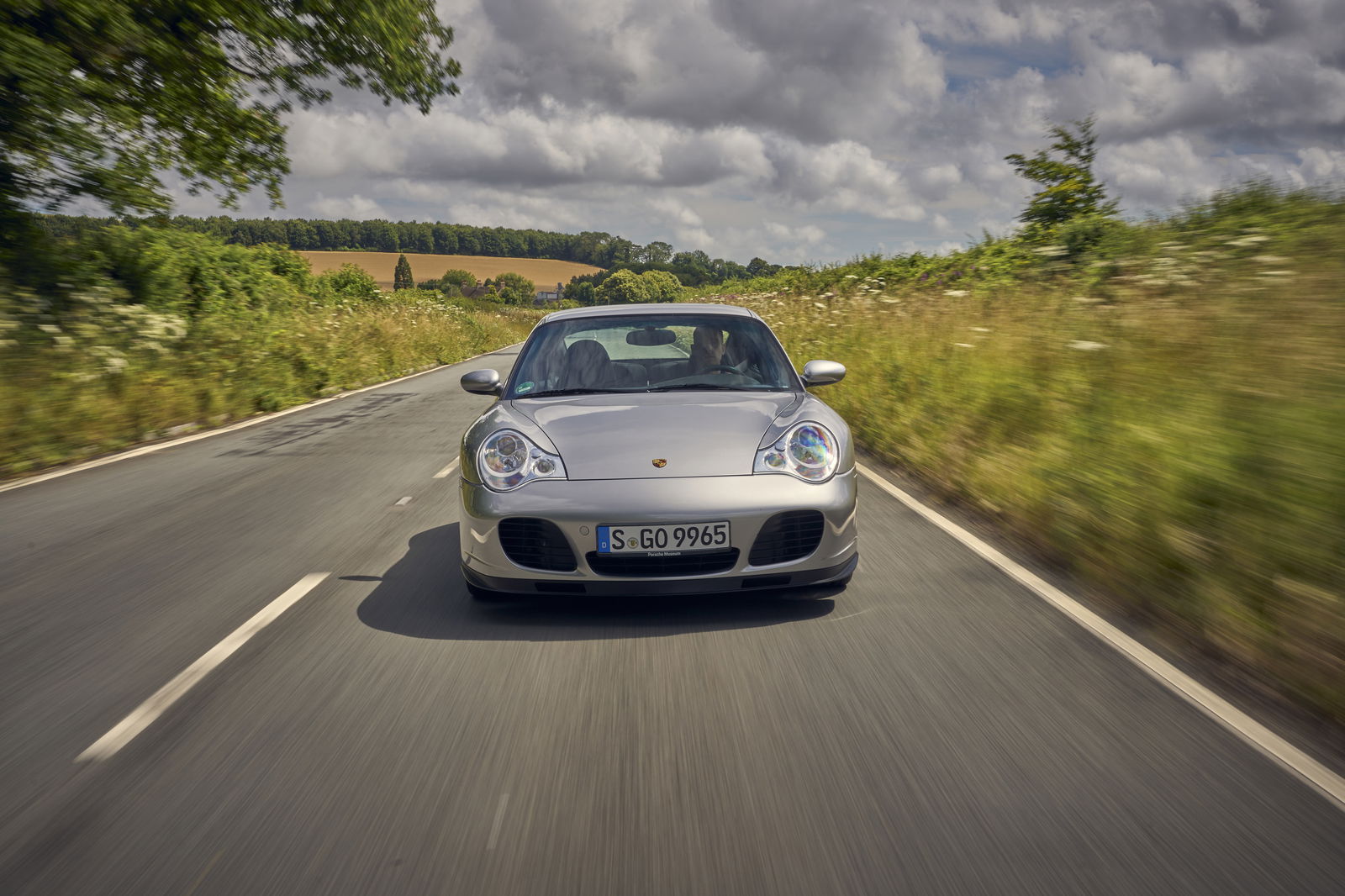
It feels like the perfection of a recipe started with the first water-cooled Turbo, the 996. You know, the one that’s endured all the fried egg jokes. It’s kind of easy to see why this car was looked down on for so long. The interior hasn’t aged well – sitting between the retro charm of the air-cooled cars and the luxurious 992, it’s defined by lots of fairly nasty-looking grey plastic.
This is a Turbo S, pushing 444bhp to all four wheels from a 3.6-litre twin-turbo setup. That’s mated to a rare manual gearbox, which isn’t necessarily the bonus you’d think – the shift is slightly notchy, lacking the original’s satisfying slickness.
By this point, though, Porsche had done a whole lot to refine turbocharging, and the 996 delivers the same endless, progressive shove as the 992, but at speeds that won’t get you quite as quickly in trouble. It has the same infallible grip too, complemented by steering that retains some of its forebears’ chattiness. The entire 996 generation seems to have finally come of age, and there’s a reason for that – it’s no poor relation.
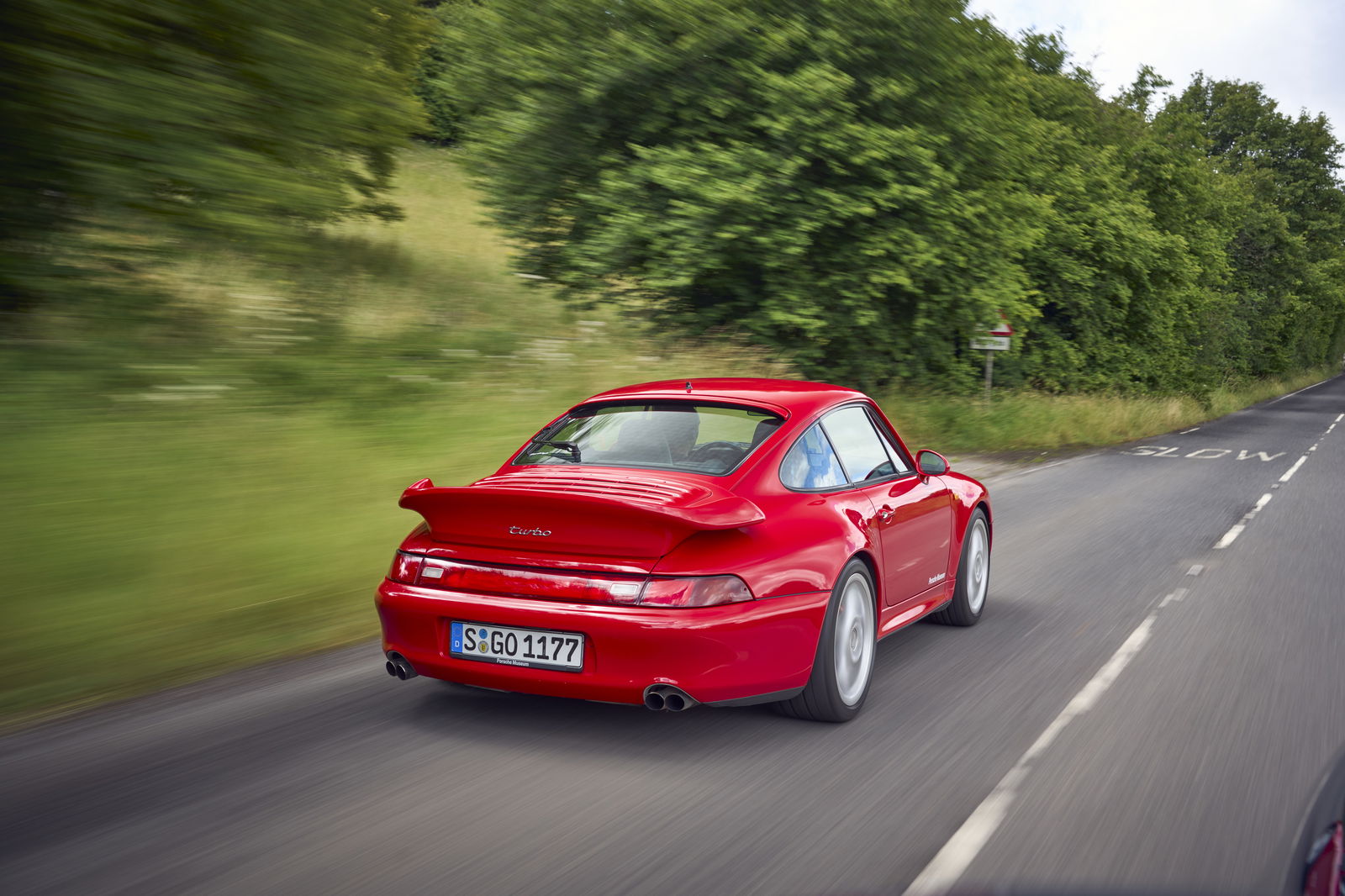
There’s only one car left to drive, and it’s the missing link: the last to be air-cooled, and the first with the twin-turbo, four-wheel drive setup that’s defined the modern Turbo. It’s the 993, and might just be peak 911. Like the 930, this one’s from the last year of production, 1998 – significant, because that saw power from its 3.6-litre engine lifted to a 996 S-matching 444bhp.
To say a car just feels inherently right is a lazy way out of writing more words, but it genuinely applies here. You get the uninterrupted view ahead, delectable steering and racing car howl of the 930, with the confidence-inspiring power delivery, pace and traction of the later, four-wheel drive cars. It’s a complete joy to drive, topped off with one of the most bewitchingly slick manual shifts I’ve ever experienced.
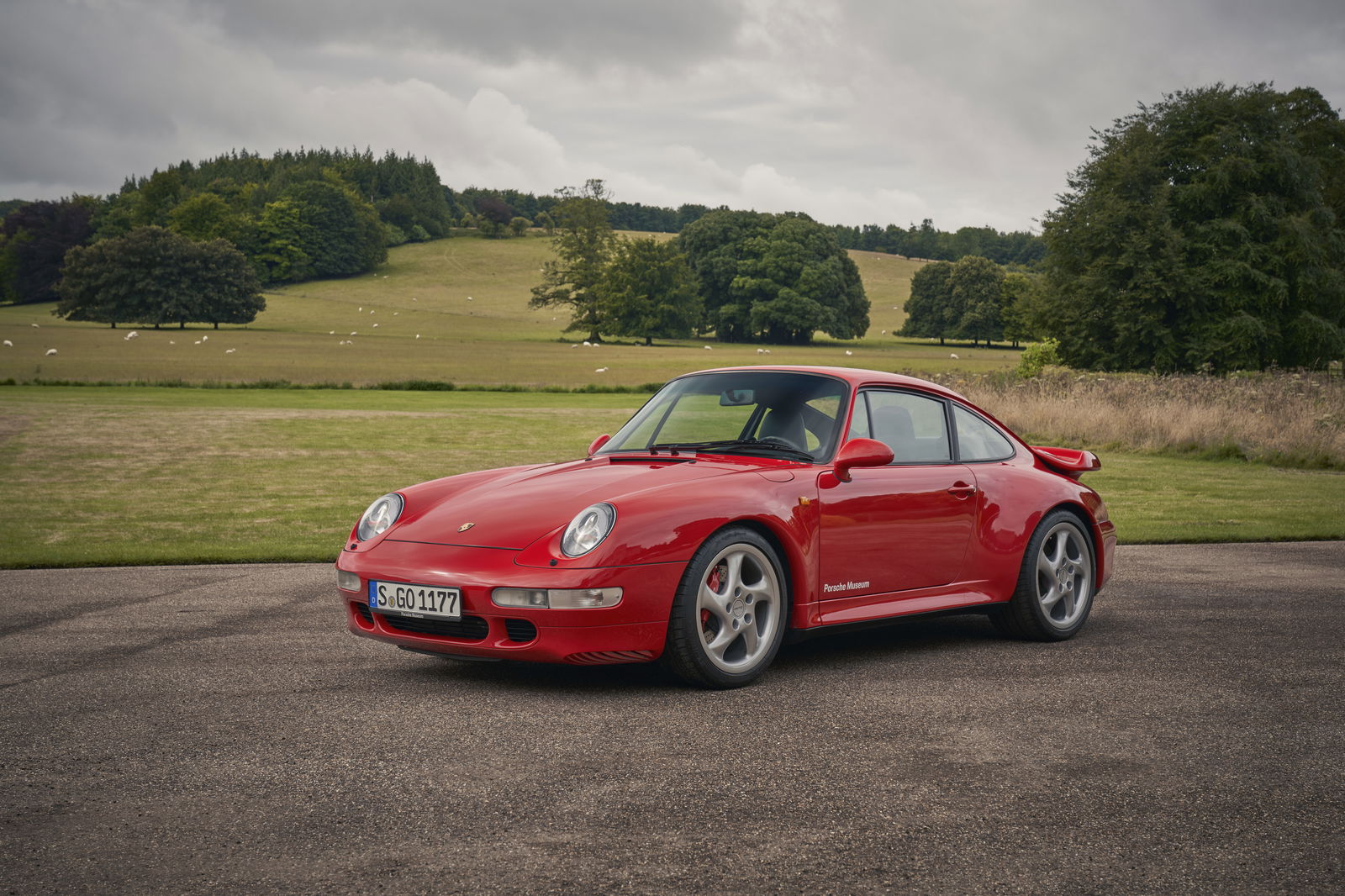
It feels the most like a proper racing car. The whole pedal box is slightly offset, and you need to dislocate your ankle to operate the clutch, and treat it with serious finesse to avoid kangarooing the car on gearchanges. It’s properly snug in here too, the last of the truly compact 911s.
These foibles only add to its character, though. After taking all four for a drive, it was the 993 that left the biggest mark, the perfect bridge between the rawness of the original and today’s private jet of a car. The 911 Turbo is as refined and athletic as ever as a 50-year-old, but it can’t quite match the unbridled spirit it had as a twenty-something.
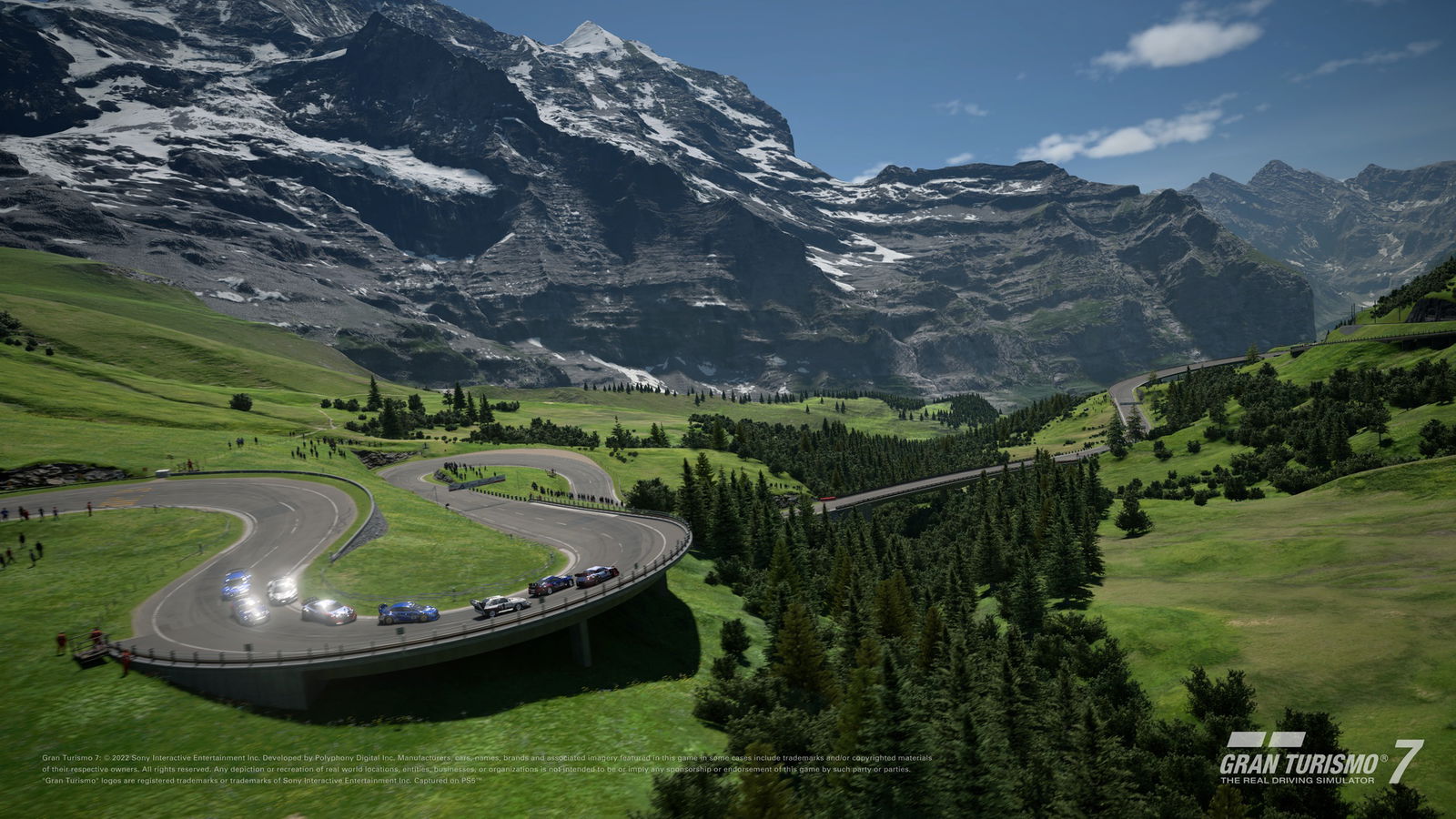
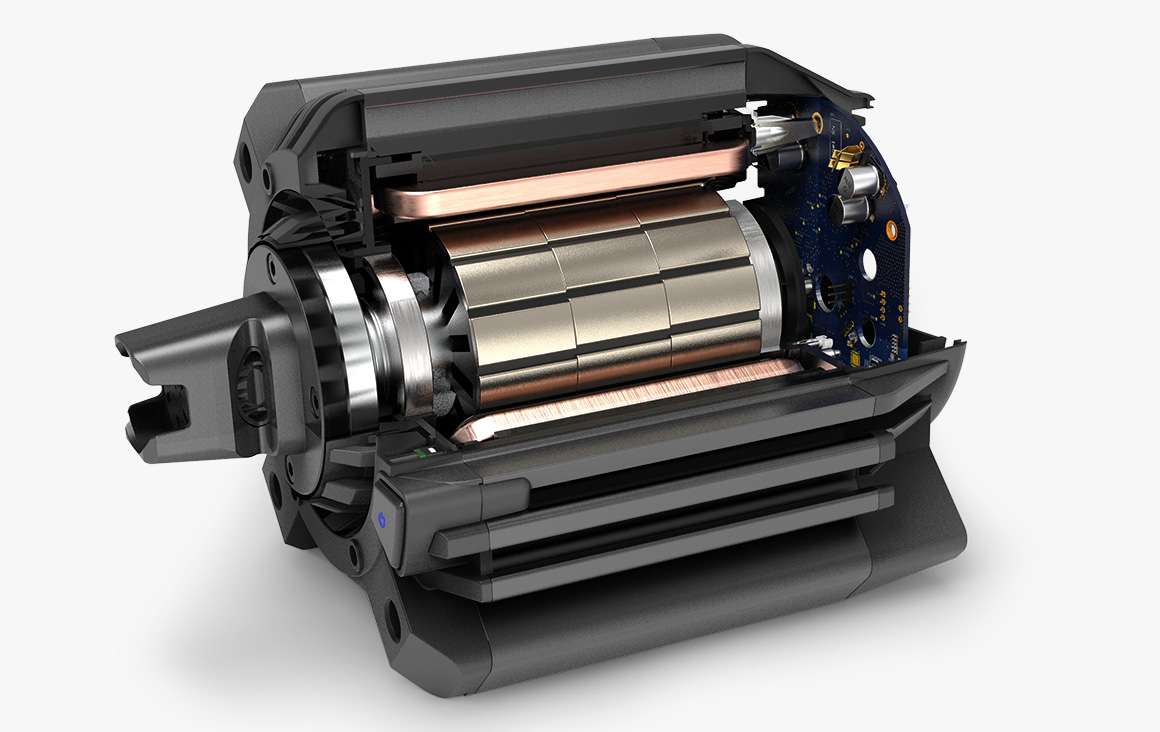

Comments